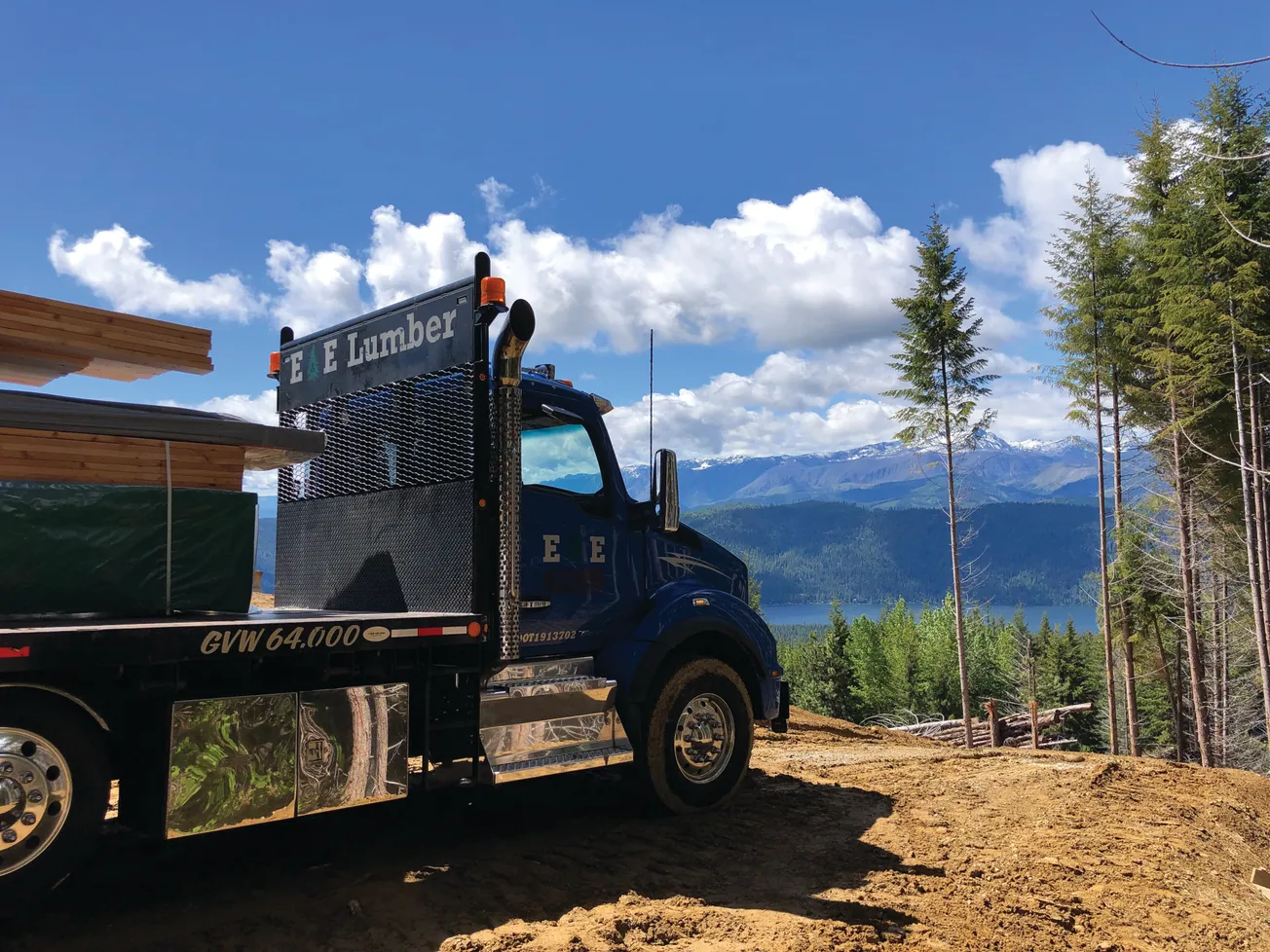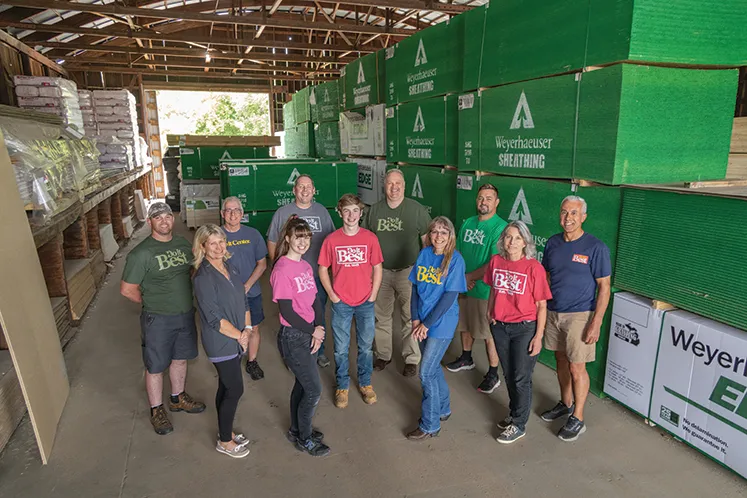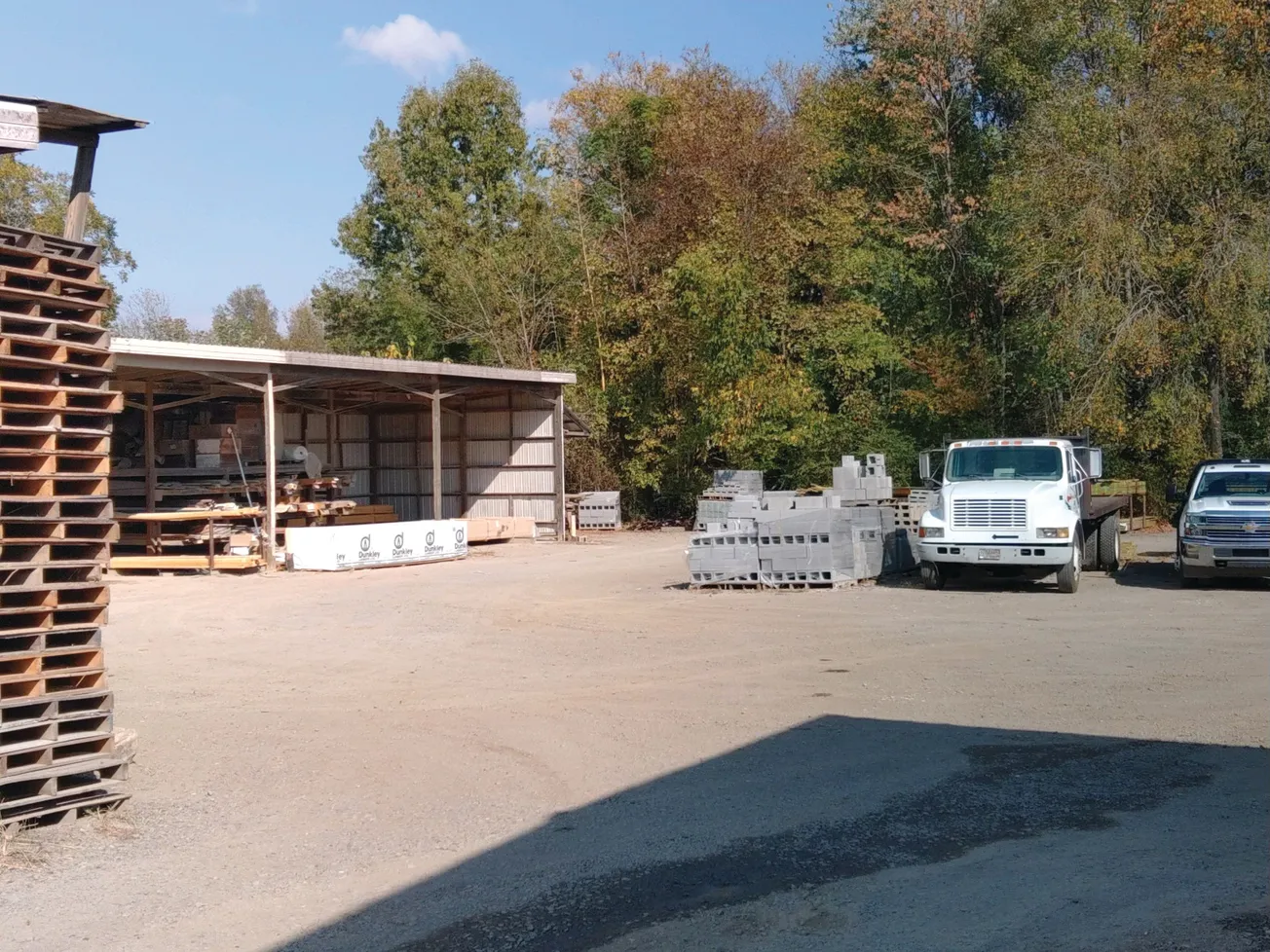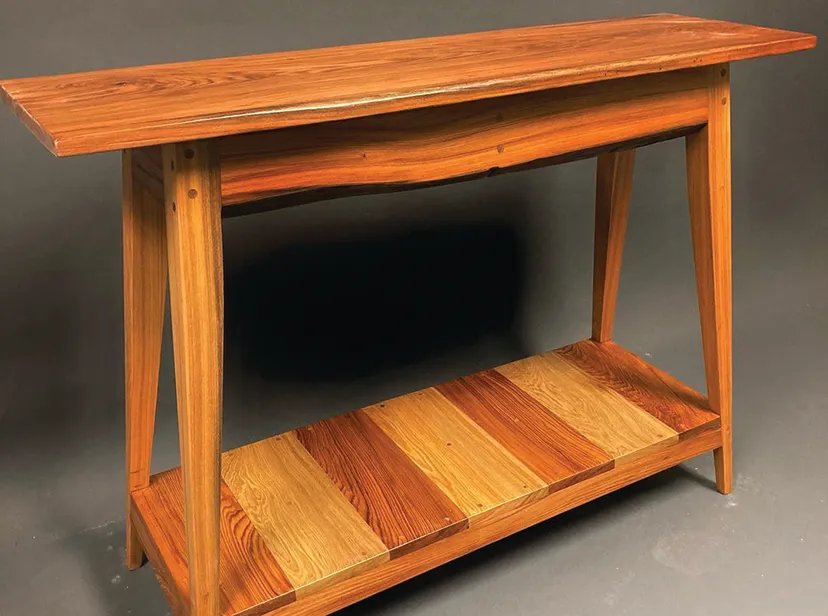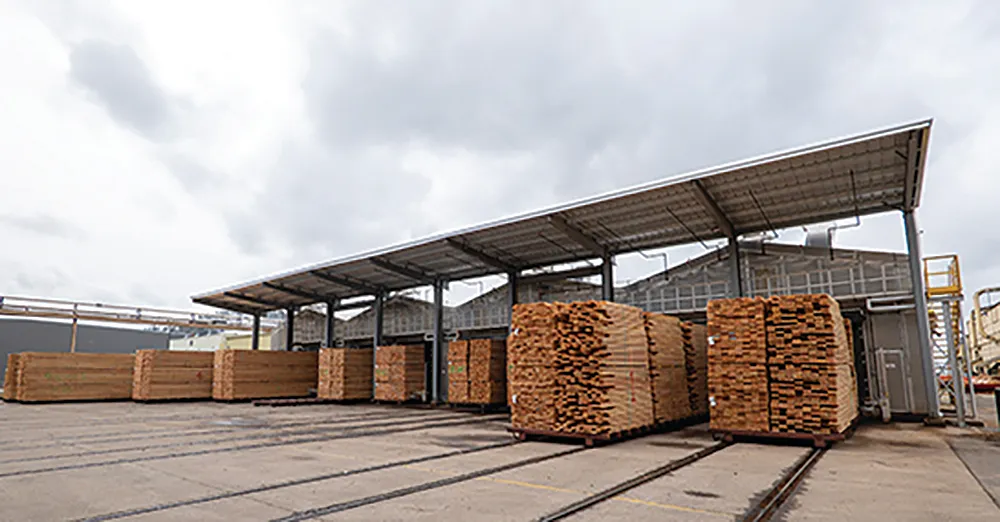Table of Contents
Those readers blessed with total recall may remember this column’s story in the March 2017 issue about a yard called Siwek Lumber. The lumberyard has been in business since 1933, right here in my hometown of Minneapolis, Mn., and the only company I’ve had the pleasure of interviewing in person for this column, rather than by telephone.
So when I came upon an ad in a local paper—this time for a Hiawatha Lumber Co., launched a wee bit later—1940—I hurried to the website to decide if it were story-worthy.
Turnaround! New owners! Yes!
But wait: The new owners’ names were… Siwek. Soooo, what happened? Did the Siwek VPs—brothers Dave and Tom, grandsons of recently-deceased owner Joe—acquire another yard? A resounding “No.” The boys are still doing what they do best, managing that longtime family enterprise in the city’s Northeast sector. Hiawatha—in the southwest quadrant of the city—was acquired in May 2016 by a troika of women. Women all named Siwek. And, save one, novices at management. Okay, that’s a story.
Hiawatha’s new owners, Jan and Lisa Siwek, proved to be wives of those Siwek brothers, and Pat Siwek Murzyn is their sister. Pat had served “upstairs,” as they put it, as company secretary/treasurer, while Lisa was often tapped to put her mediating skills to work with John, the patriarch—her father in law (who could be set in his ways, the family noted). Pat now serves as Hiawatha’s president, with Lisa covering accounts receivable/payable.
Jan, meanwhile, had been holding down perhaps the most challenging job of all—managing a household of four kids. Could she handle an outside career? A desk she needed to inhabit early every workday morning as marketing manager for the company? After raising four teenagers, she told everybody, nothing to it: Piece of cake. She’s also been a quick study for stints at the front counter.
They all have. OTJ is the most effective training tool around here, when it comes to products, vendors and customers. Their primary mentor is GM John Skoglund, who tells me the company’s backstory. The outfit began in 1940, when a guy named Denny, rumored to earn his living building and delivering chicken coops, partnered up with a friend to start a yard to serve the local pros. Back then, the railroad track that still anchors the site delivered all the yard’s materials, which needed to be unloaded by hand—no trucks, no forklift. But by 2016, Denny, the kid who started out here in his 20s, was now a kid no longer; at 78, he was more than ready to retire. Yet he wanted someone to continue the business—wanted it to remain a lumberyard.
Word got around—call it “networking” if you wish—and the Siwek brothers got wind of the opportunity. But they didn’t seek just another satellite: Rather, “something different. Let’s approach the girls.” Lisa got a tutorial in “yard stuff” and equipment from Dave, and everybody turned to GM Skoglund with their questions.
John, at 21, had wandered into the yard in search of something or other. He walked out with a job. “I liked what I saw, so I asked to see the owner. I asked him if he were hiring. ‘Can you lift a panel of Sheetrock?’ the boss countered.” John boasted, “I can pick up two!” Which he did, and, passing the job test, was hired on the spot. He worked as yard help, then driver, then inside. “I gained the respect of the old gentleman. If you followed through, that meant something to him, and he was a great mentor”—as John, himself, proves to be today.
Hiawatha’s staff now numbers nine, all of whom swap hats whenever needed. The new owners have hired a dedicated high-school kid who worked summers, then was invited to stay on after graduation.
He’s from the neighborhood. So are most of Hiawatha’s customers, many of whom are DIYers living nearby and are strong believers in supporting independents and buying local. Says Jan, “They see we’re here every day and that that’s where their money is going, not to a box.”
Adds John, “They’re loyal to us because of our good service. They know they can expect a little more. If there’s ever an issue, we take care of it. And they know that when they return, they’ll see 100% of the same people working here.”
Those shoppers also arrive from all over the metro, and from across the nearby Mississippi River, in neighboring St. Paul. And the suburbs. Exurbs, too. “There are fewer and fewer family yards around these days, so people will drive to support them,” John declares, “and we [yards] help each other out. Our industry is a tight-knit community—you know everybody: the reps, the other yards. It’s a brotherhood. Even Home Depot sends customers to us because we stock items they don’t, like moulding, stair parts, entry doors. And we’re an exclusive Marvin Windows dealer,” proud to partner with a Minnesota company, with—ahem—another woman at the helm.
Of course, the Siwek connection pays off in JIT deliveries of a product on which either yard has run short. However, “our inventory’s not the same,” says Jan. “We serve different markets, especially when it comes to contractors” (Two-thirds of Hiawatha’s clients are walk-ins; the reverse is true at Siwek’s.) “People appreciate that if we don’t have something, we’ll go for help; we don’t just hang up the phone, and they really respect that.” Husbands Tom and Dave lent insight on both merchandising and making the most of the site.
The ladies signed on primed to listen to their customers. Following their bidding, “We’ve increased SKUs, added more moulding. When we took over, inventory was down—way down.” (“When you see empty shelves, what do you think?” John adds. “It was hard.”) When it comes to lumber, the company stresses quality, he says. “We’re known for it. We buy prime goods, the best we can get. Redwood is big. And joining a buying co-op provided a huge assist.”
Those walk-in customers, Hiawatha’s bread and butter, are building custom homes here and there, but primarily they’re doing remodels, additions, decks, garages—all the fix-ups that benefit an aging neighborhood. “We’re selling a large number of entry doors, stair parts, and those mouldings,” Jan reports, “and broadened our line of hardware.”
Why do the locals like shopping here? “Customer service is number one. So is quality. Believe me,” both swear, “they come in informed. They’ve already checked everything online.”
Online? That’s marketing director Jan’s wheelhouse. She’s learning, and learning fast. “We’re redoing our Facebook presence. An improved website will be a big part of it. And Instagram! It’s huge! We show lots of product videos.”
She was also in charge of planning the annual Contractor Day—vendors, products, lunch—and handled the recent Open House that introduced the new ownership, advertised by fliers, newspaper announcements, and email. “We had barbecues, face painting, a bouncy castle, lots of drawings and prizes.” And yes, Jan agrees, it drew scores of new customer. “Definitely!” she smiles. “They didn’t realize they could just walk in.”
John is pleased with the transition. “Jan’s been wonderful. It’s comfortable, not a lot of drama.” Not like during the recent recession, right? He allows, “It. Wasn’t. Pretty. Everything pretty much stopped. But I will say, we had such good, loyal customers. I reached out, made total contact with every one,” scouring for business. “Vendors, too. If we couldn’t pay, they’d say ‘Okay, another 30 days.’”
Ladies, what surprises came with this new assignment? Not, they swear, the situations of the not-too-distant past, where customers would demand to speak to “the real boss”—the one who shaves each morning. Instead, recalls Jan, the big adjustment was “for me, the need to be at work, and on time, every day—and working on the computer. Bookkeeping. Pat pretty much knew everything from her former role. Lisa is on a learning curve, too—things like medical insurance, etc.”
Worth it? A resounding yes. One reason: “South Minneapolis is like a small town in a big city. For instance, our neighbor, Rosie. We automatically shovel her driveway, so for the holidays she brought in Christmas treats.” You won’t find that at a big box.


